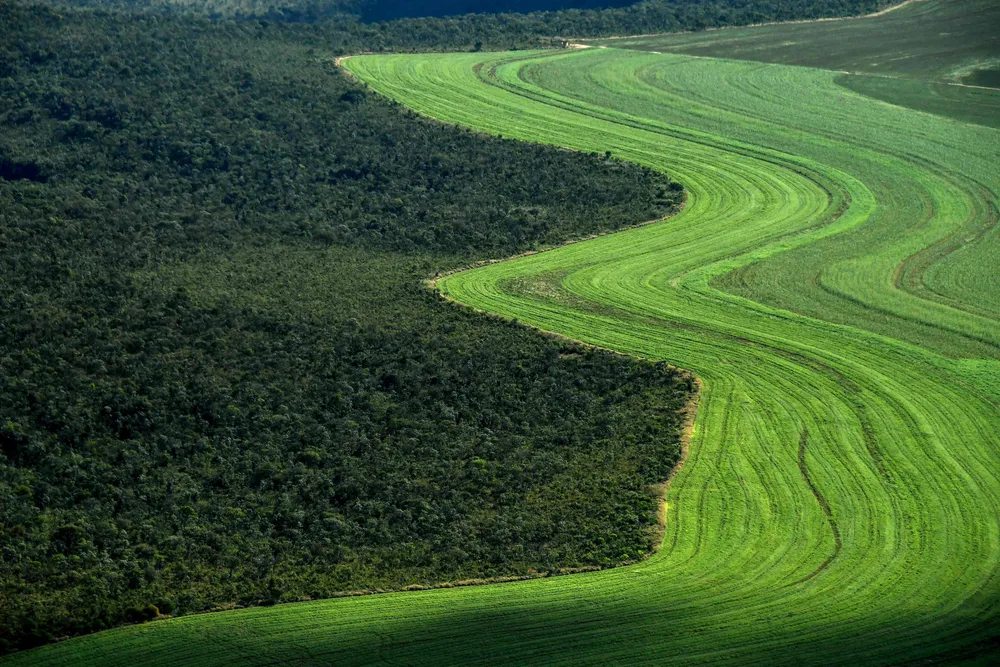Carbon offsetting needs to scrub up its act to clean up our planet
Cast iron guarantee needed that offsets are working to save the planet — not just corporate reputations

OPINION: Key parts of the oil and gas industry have signaled their determination to play their part in trying to meet the Paris climate goals.
ENERGY EXPLORED: SUBSCRIBE TO ACCELERATE
Gain valuable insight into the global oil and gas industry's energy transition from ACCELERATE, the free weekly newsletter from Upstream and Recharge. Sign up here today.
Those at the forefront of change — such as Shell, Equinor, BP and Eni — are gradually stepping up investment in renewable power.
They are also relying on significant use of carbon “offsets” to meet the net-zero emissions targets they are setting themselves.
Tree-planting initiatives
The European oil majors are not alone. Aviation and industrial sectors are using carbon credits while they wait for cleaner fuels to hit the market.
Shell has talked about spending $300 million on planting trees in areas such as Spain to absorb excess carbon.
BP already runs a Target Neutral programme that encourages rural communities in Mexico to switch from open wood fires to cooking stoves, amongst other projects.
This kind of switch is physically safer and is claimed will use almost 60% less cut forest wood than traditional means.
In that case, tree growing and restoration projects in the Peruvian Amazon and China were used to balance against the 70,000-tonne LNG cargo, where the the "well-to-tank" emissions are approximately 60,000 tonnes of carbon dioxide equivalent.
Questions need to be answered
This may appear like a way forward for the oil and gas industry in its efforts to cut emissions.
But questions remain over the offsetting process.
A report for the European Commission in 2016, entitled “How additional is the Clean Development Mechanism", casts serious doubt on the whole idea of carbon credits.
The basic argument is that many projects would have gone ahead anyway without their being offset against a carbon scheme.
A recent study by the Swiss Federal Institute of Technology in Zurich showed global tree planting could remove two-thirds of all carbon ever emitted from human activity.
'Greenwashing'
When trees die from fires, logging or old age, much of the carbon trapped in their trunks and leaves returns to the atmosphere.
Equally, there are fears that there could be “greenwashing” claims by more unscrupulous operators wanting to cash in on what is becoming a massive business.
Then there is a concern over “climate colonialism” where offsetting projects target cheap land in the southern hemisphere.
This land may be taken at the expense of local community needs or rights, an issue raised and documented by Amnesty International.
Mark Carney, former governor of the Bank of England, has set up a Taskforce on Scaling Voluntary Carbon Markets, with Shell and BP involved to try to investigate all these issues.
This is important. Offsetting cannot be a cottage industry of questionable provenance.
Already some argue oil companies and others are using offsets to keep their business model running and avoid making an energy transition.
Clearly the oil — and particularly gas — industries do want to stay in the energy game and employ those legacy assets as long as possible.
But if critics are to be countered, there must be a cast iron guarantee that offsets are working to save the planet — and not just corporate reputations.